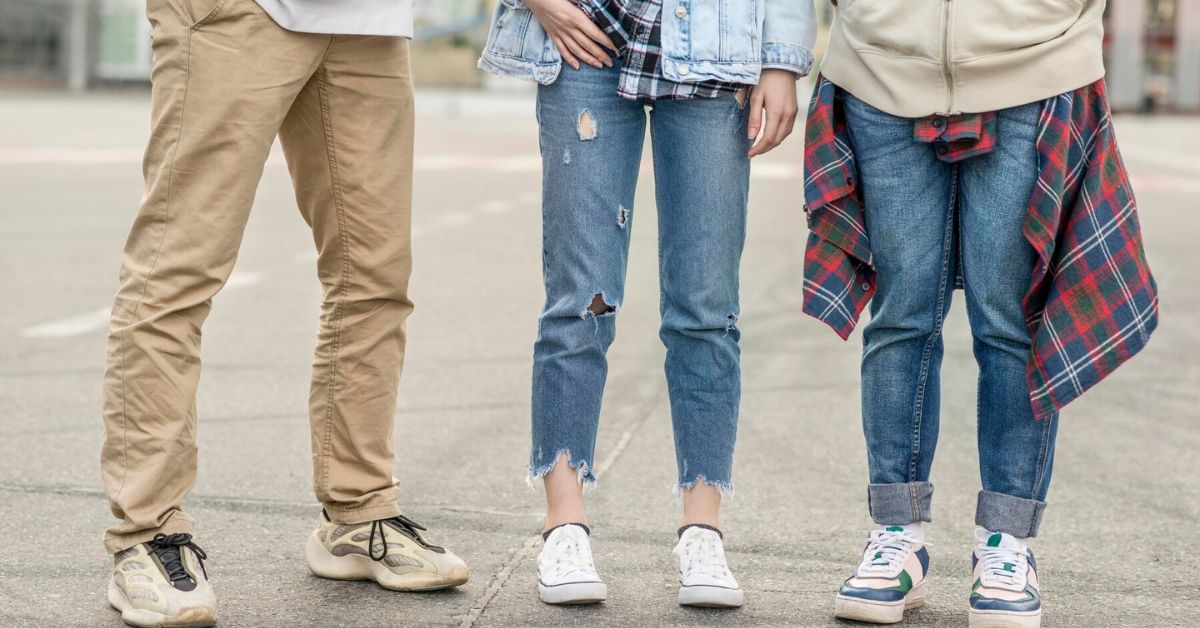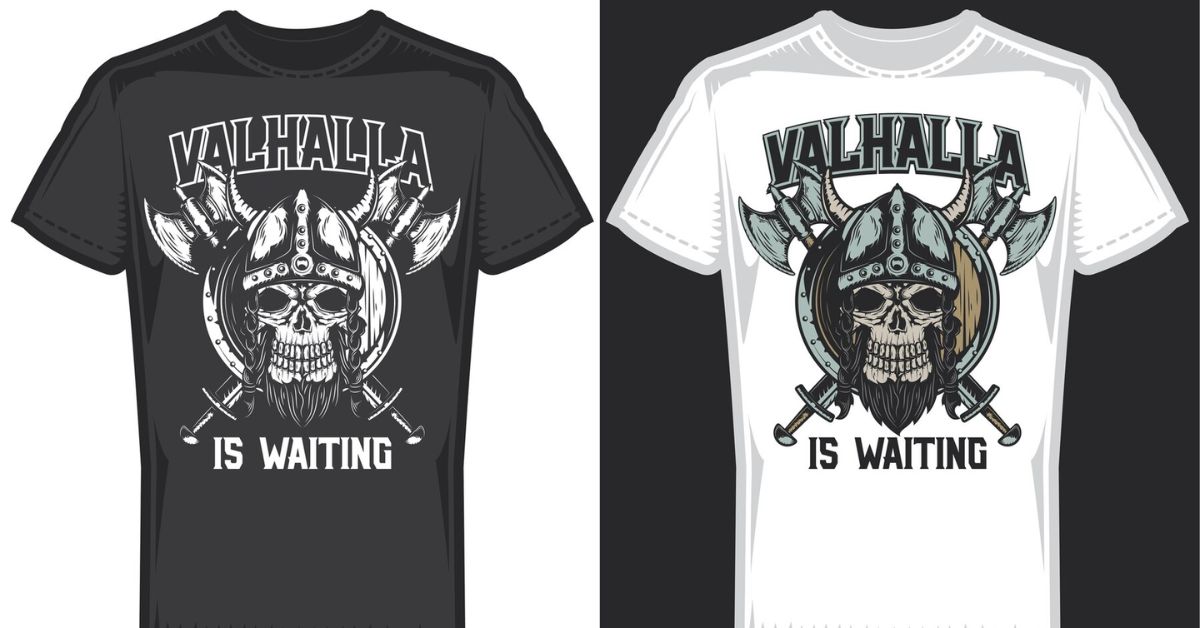African fashion dresses have been making waves globally, not only because of their vibrant designs and intricate patterns but also due to their rich cultural heritage. From traditional garments like the Dashiki to modern interpretations using Ankara prints, African fashion is a melting pot of history, culture, and creativity. In this article, we’ll dive deep into the world of African fashion dresses, exploring their significance, evolution, and influence on global fashion.
African Fashion in the Global Market
In recent years, African fashion has stepped into the global spotlight, gaining recognition from fashion lovers and designers worldwide. It’s no longer a niche market but a powerhouse influencing international trends.
MUST READ: Free Mann’s Fashion: A Guide to Style on a Budget
Celebrities Embracing African Styles
Celebrities have played a significant role in promoting African fashion. Stars like Beyoncé, Rihanna, and Lupita Nyong’o have been spotted wearing African-inspired designs, helping to elevate the visibility of African dresses. Their bold style choices have sparked a renewed interest in African prints and patterns.
African Fashion at International Runways
Major fashion events, such as New York Fashion Week and Paris Fashion Week, have showcased African designers, giving them a platform to share their unique creations with a broader audience. The inclusion of African dresses on such stages has solidified their place in the fashion world.
The Cultural Significance of African Fashion
African fashion is more than just style; it’s deeply rooted in cultural identity and history.
Traditional African Dresses and Their Meanings
Each African dress tells a story. The colors, patterns, and fabrics often have symbolic meanings. For instance, the Kente cloth from Ghana is known for its vibrant colors and represents wealth, royalty, and spiritual vitality. Traditional dresses are often worn during special occasions such as weddings, funerals, and other cultural ceremonies.
The Influence of African Tribes on Fashion
Many African dresses are influenced by the different tribes across the continent. The Maasai tribe in East Africa, for example, is known for their intricate beadwork, which is often incorporated into modern fashion designs.
The Evolution of African Fashion Over the Years
African fashion has a rich history, evolving from its traditional roots to modern-day styles that are celebrate across the globe.
From Ancient Roots to Modern Trends
The use of animal skins, beads, and natural fabrics like cotton and silk has been part of African fashion for centuries. Over time, these materials have adapt into contemporary designs, merging traditional elements with modern aesthetics.
The Role of Fashion Designers in Revolutionizing African Dresses
African designers like Ozwald Boateng and Deola Sagoe have been instrumental in bringing African fashion to the forefront. By blending traditional and modern influences, these designers have created stunning pieces that resonate with fashion lovers worldwide.
Popular African Dress Styles and Designs
African fashion is known for its diversity, with different regions offering unique styles and garments.
Dashiki: A Symbol of African Pride
The Dashiki, with its loose fit and vibrant patterns, has become a symbol of African pride. Originally from West Africa, it is now worn globally as a statement of cultural identity.
Kente: The Royal Cloth of Ghana
Kente is a handwoven silk and cotton fabric made in Ghana. Its bold colors and intricate patterns represent royalty and high status. Kente is often worn during significant life events and celebrations.
Ankara: The Vibrant Prints Loved Worldwide
Ankara, also known as African wax prints, is one of the most popular fabrics in African fashion. Its bold, colorful patterns are perfect for making statement dresses, skirts, and headwraps.
Boubou: Traditional Elegance
The Boubou is a traditional African dress that flows gracefully over the body. Worn by both men and women, it is a symbol of elegance and cultural pride.
Agbada: The Regal Robe
Agbada is a large, flowing gown traditionally worn by men in West Africa.
Sustainable and Ethical Fashion in Africa
With the rise of eco-conscious consumers, African fashion is increasingly being recognize for its sustainability and ethical practices.
Supporting Local Artisans and Designers
Many African fashion brands work closely with local artisans, using traditional techniques and materials to create their designs. This not only supports local economies but also preserves cultural heritage.
The Eco-Friendly Movement in African Fashion
African fashion is at the forefront of the eco-friendly movement, with many designers opting for organic fabrics and sustainable production methods. This shift towards sustainability is helping to reduce the environmental impact of fashion.
African Fashion Accessories That Complete the Look
No African outfit is complete without the right accessories. From headwraps to jewelry, African fashion is all about the details.
Headwraps and Gele
Headwraps, or Gele, are an essential part of African fashion. They come in various styles and colors, often matching the outfit and adding a touch of elegance.
Jewelry and Beads: Ancestral Adornments
African jewelry is rich in symbolism. Bead necklaces, bracelets, and earrings are often use to represent social status, spiritual beliefs, and cultural heritage.
African Fashion in the Modern Wardrobe
Incorporating African fashion into everyday wear is easier than ever, thanks to the rise of fusion fashion.
How to Incorporate African Styles into Everyday Wear
You can easily add African flair to your wardrobe by incorporating bold prints, headwraps, and accessories. Try pairing an Ankara skirt with a plain white tee or wearing a Dashiki as a statement piece.
Fusion Fashion: Mixing African Dresses with Western Styles
Fusion fashion is all about combining African styles with Western designs. Think of pairing a Kente dress with a denim jacket or mixing Ankara prints with modern cuts.
The Future of African Fashion
African fashion is on the rise, and the future looks brighter than ever.
Emerging Designers to Watch
New designers are constantly emerging from Africa, bringing fresh ideas and perspectives to the fashion world. Keep an eye on names like Thebe Magugu, Kenneth Ize, and Rich Mnisi.
African Fashion’s Impact on Global Fashion Trends
As African fashion continues to gain international recognition, its influence on global fashion trends is undeniable. The bold prints, intricate designs, and cultural significance of African dresses are inspiring designers worldwide.
Conclusion
African fashion dresses are more than just garments; they are a celebration of culture, history, and identity. From traditional pieces like the Dashiki and Kente to modern designs that fuse African and Western styles, African fashion is as diverse as the continent itself. As it continues to evolve and influence global trends, there’s no doubt that African fashion will remain a major player in the fashion world for years to come.
FAQs
What are the most popular African fashion dresses?
Some of the most popular African fashion dresses include the Dashiki, Kente, Ankara, Boubou, and Agbada. Each has its own cultural significance and style.
How do African fashion dresses reflect cultural identity?
African fashion dresses often incorporate patterns, colors, and fabrics that are symbolic of different tribes, regions, and cultural events, making them a reflection of cultural identity.
Where can I buy authentic African fashion dresses?
Authentic African fashion dresses can be purchase from local artisans, African boutiques, and online stores specializing in African fashion.
Are African fashion dresses sustainable?
Many African fashion brands focus on sustainability by using eco-friendly materials and supporting local artisans, making African fashion dresses a great choice for ethical fashion consumers.





